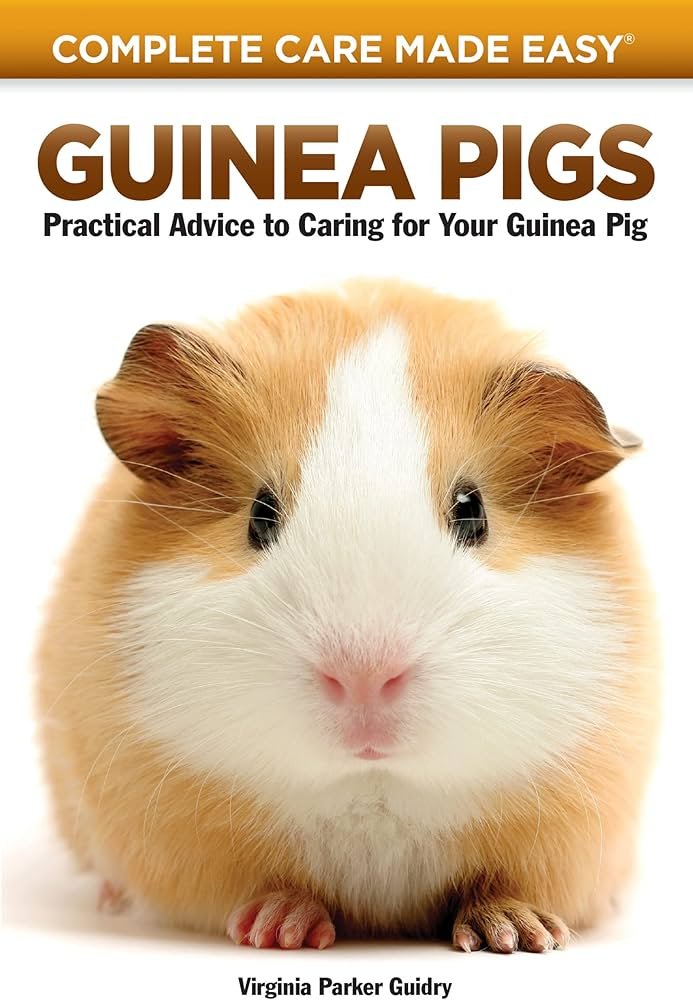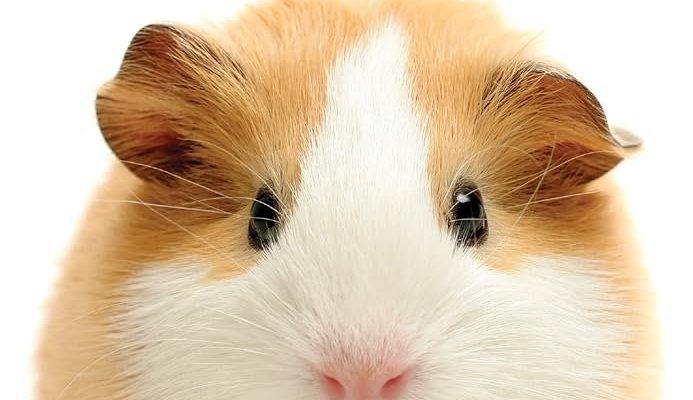
In this guide, we’ll dive deep into what you need to know about housing, feeding, and handling your guinea pig. Whether you’re a first-time pet parent or just brushing up on your knowledge, I’ll break down everything in a friendly, straightforward way. Grab a cup of coffee, and let’s get started!
Creating the Perfect Home for Your Guinea Pig
When it comes to guinea pig housing, size definitely matters. You’ll want a cage that gives your furry friend plenty of room to roam and explore. A good rule of thumb is to have at least 7.5 square feet of space for one guinea pig. Think of it like a cozy apartment—more space allows for a happy lifestyle!
Make sure the cage is equipped with a solid bottom, as wire floors can hurt their delicate feet. If you can, opt for a cage made of non-toxic materials to keep your pet safe from harmful chemicals. Inside the cage, provide plenty of bedding, such as aspen shavings or paper-based products, which are great for soaking up moisture and odor.
Now, let’s talk about the setup. Your guinea pig will love having hiding spots, so add tunnels, igloos, or even small cardboard boxes. You can also include chew toys to satisfy their natural digging instincts. After all, no one wants to live in a boring home, right?
Location Matters!
You might be wondering where to place this cozy cage. Ideally, put it in a quiet area of your home where your guinea pig can feel safe but still be part of the family. Avoid direct sunlight and drafts; remember, these little guys can get stressed out just like you when the weather gets too hot or cold.
If you have other pets, introduce them slowly and with care. Keep an eye on those interactions. While some dogs or cats might just want to sniff, others could see your guinea pig as a plaything. A little extra caution goes a long way in ensuring your guinea pig feels secure.
Feeding Your Guinea Pig: What’s on the Menu?
When it comes to feeding your guinea pig, think of it as setting up a delightful buffet. Their diet mainly consists of good-quality hay, fresh vegetables, and a small amount of pellets. Hay should make up the bulk of their diet—timothy hay is a popular choice and is great for their digestion. It’s like the bread and butter of their meals!
You can also offer fresh veggies like bell peppers, leafy greens, and carrots. Just remember to introduce new foods slowly to avoid upsetting their sensitive tummies. A small handful of veggies daily is perfect, and you can mix it up to keep things interesting.
Vitamin C: A Key Ingredient
Here’s the thing: guinea pigs can’t produce their own Vitamin C, so you’ll need to make sure they’re getting enough. This vitamin is crucial for their overall health. Look for high-quality vitamin supplements or consider adding foods rich in Vitamin C like parsley or kale to their diet.
Don’t forget about treats! Celery, cucumber, or small bits of fruit can be given occasionally. Just like us, they appreciate a tasty snack now and then!
Handling Your Guinea Pig: Making Friends
Handling your guinea pig can be a lot of fun and is essential for building trust between you and your pet. Start by letting your guinea pig get used to your presence. Sit quietly near their cage and talk softly to them. This helps them feel comfortable around you.
When you’re ready to pick them up, approach gently and scoop them up with both hands. Support their bottom and back to make them feel secure. It’s a lot like cradling a small child; you want them to feel safe. If they squirm or get anxious, put them back down and try again later. Patience is key!
Creating Positive Experiences
Honestly, the more time you spend with your guinea pig, the better. Frequent handling helps them become accustomed to being held and petted. Start with short sessions, gradually increasing the time as they get more comfortable.
Also, remember that every guinea pig has a different personality. Some might love to snuggle, while others prefer to explore. Pay attention to their cues and adapt your handling style. It’s all about making them feel loved and understood.
Grooming: Keeping Their Coat Healthy
Grooming your guinea pig is another great way to bond. Depending on the breed, your guinea pig may have varying coat lengths. Long-haired varieties will need more regular brushing to prevent mats and tangles. Use a soft brush designed for small animals, and you’ll soon find that they enjoy the attention.
Regular grooming is not just about keeping them looking good; it also helps with inspecting their skin for any issues. Look for lumps, bumps, or skin irritation while you’re at it. If you notice anything unusual, don’t hesitate to reach out to your vet.
Nail Trimming and Bathing
Nail trimming is also a must—think of it like getting a manicure! Aim to trim their nails every few weeks to keep them from becoming too long. If you’re unsure how to do it, your vet can show you the ropes.
Bathing isn’t typically required unless they get dirty. If you decide to give your guinea pig a bath, use a gentle shampoo made for small animals. Make sure to dry them thoroughly afterward, as guinea pigs can easily get cold.
Understanding Guinea Pig Behavior
Guinea pigs are known for their quirky behaviors, and getting to know them will enhance your bond. They communicate in various ways: from purring when happy to chirping when excited. You might find them popcorning—an adorable leap that shows pure joy!
You may also notice they like to hide or burrow; that’s perfectly normal and part of their nature. Creating a safe space where they can retreat will help them feel more secure.
The Importance of Social Interaction
Remember, guinea pigs are herd animals. They thrive on social interaction, so consider adopting more than one—two females or two males tend to get along best. It’s a beautiful sight to watch them cuddle and play together!
If you can’t adopt another, spend quality time with your guinea pig every day. Playtime outside their cage can be a delightful experience. Just make sure the area is safe and secure, free from any possible escape routes.
Veterinary Care: Keeping Your Guinea Pig Healthy
Regular vet visits are crucial for your guinea pig’s health. Schedule an annual check-up to keep vaccinations up to date and to monitor any potential health issues. Just like we go to the doctor for check-ups, your furry friend deserves the same care!
Watch for signs of illness, such as changes in appetite, lethargy, or unusual behavior. If you notice anything off, don’t hesitate to contact your vet. Early intervention can make a significant difference in their health.
Common Health Concerns
Some common health issues in guinea pigs include dental problems, respiratory infections, and urinary tract infections. It’s essential to be aware of these risks and how to prevent them with proper care, diet, and regular vet check-ups.
Check your guinea pig’s teeth regularly; they should be healthy and not overgrown. If their teeth look uneven or if they’re having trouble eating, consult your vet.
Wrapping It All Up: Your Guinea Pig Awaits!
Taking care of a guinea pig requires commitment, but the rewards are absolutely worth it. From creating the right living space to understanding their unique behaviors, every step improves the quality of life for your furry friend.
Remember to feed them a balanced diet, provide plenty of love, and make regular vet visits part of your routine. Your guinea pig will thrive in a loving environment, filled with playful moments and cozy cuddles. So get ready, because your new friend is waiting to fill your life with joy!

